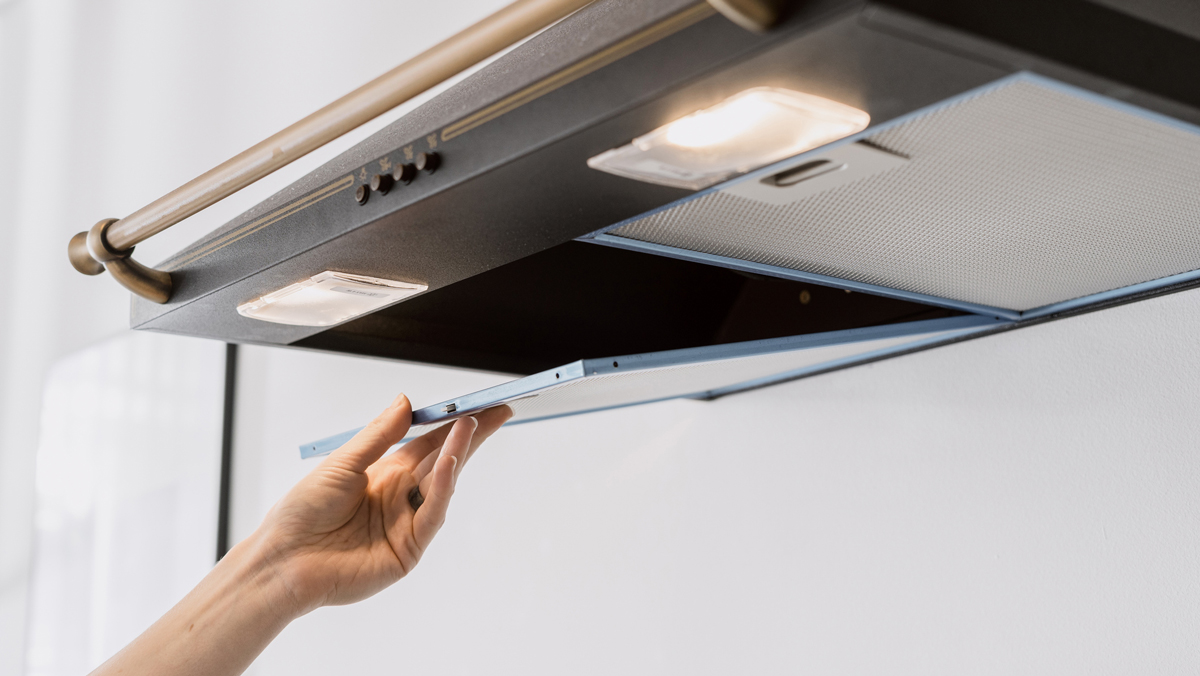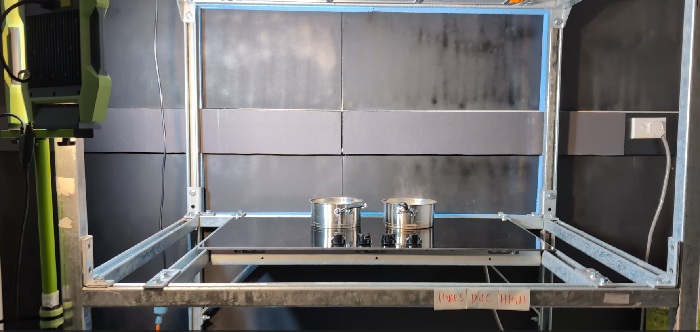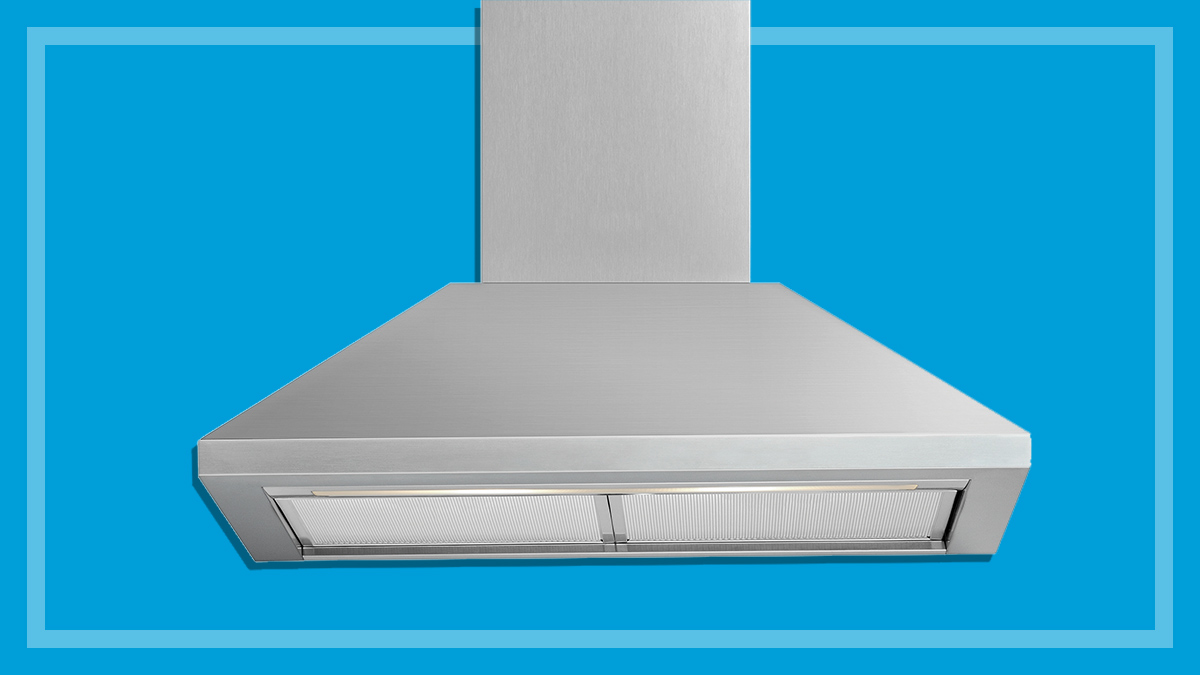Get our independent lab tests, expert reviews and honest advice.
How we test rangehoods

Navigating the world of rangehoods can be overwhelming, but our reviews are here to help you narrow down your choices and make life a little easier.
On this page:
Style is one thing, but performance and ease of use are crucial if you want a fume-free kitchen.
Will that shiny new rangehood you have your eye on really do the job properly?
Our expert testers
Our rangehood expert Adrian Lini spends a lot of time watching steam rise. He can see what makes a good rangehood, and he can hear what makes a good one, too – a model that makes as little noise as possible!
How we choose what to test
Rangehoods come in all shapes and styles, so it’s always a challenge choosing which ones to test. At the moment we test:
- wall canopy rangehoods
- pull-out rangehoods
- undermount or integrated rangehoods that fit into kitchen cabinets
- downdraft rangehoods that are installed into your kitchen bench
We don’t currently have the lab space or capacity to test ‘silent’ rangehoods with external motors, such as those from Schweigen. There’s a huge range of rangehood brands and models, and unfortunately our time and budget can’t accommodate them all.
However, in 2025 we invested in a more robust and future-proofed testing rig that allows us to test downdraft rangehoods for the first time. It is also capable of testing island rangehoods that sit in the middle of a kitchen, which we hope to include in future tests.
Once a list is chosen, our buyers then go through the process of ordering the rangehoods, along with their associated installation kits, just as a normal consumer would.
We test in both ducted and recirculating modes (where available; recirculating is common in apartments and other situations where air is not ducted outside, but circulated back into the kitchen).
Recirculating mode needs separate carbon filters, and our buyers also need to order these prior to testing – sometimes these take weeks to arrive.
Once all the equipment is ready, the rangehoods are installed in our small appliances lab, ensuring that manufacturers’ installation instructions are correctly followed.
How we test
In 2025 we custom-built a new rangehood test rig for our small appliances lab.
The trusty old one still worked, but had outgrown its purpose: it was too awkward to efficiently handle the hefty rangehood designs you see today, and the cabinetry could not accommodate the large downdraft rangehood styles (that sit within a benchtop).
The new rig is also safer and easier to use for our test setup. And it better reflects real-world usage in that the cooktop can be positioned a little away from the wall.
We have looked at how selected rangehoods perform on both the old and new rigs. As a result, rangehoods tested before 2025 may now have slightly different scores to bring them in line with how effectively they remove steam on the new rig and to make them directly comparable to newly tested models.
Although we have changed some of our recommendations as a result, if you’ve bought a rangehood that is no longer recommended, rest assured we still think it’s worth considering.
Peformance
In both ducted and recirculating mode, we conduct a steam removal test by:
- boiling a litre of water in two saucepans and leaving them to simmer
- assessing how much steam is collected in both low and high fan settings, and how much escapes from the front and sides
- repeating the test with four saucepans.
The more steam that escapes, the lower the steam removal score (a continuous stream of steam escaping at the sides and front will only score 20%).
We use suitable lighting and record a video of the steam escaping to ensure that our scoring is correct.
Rangehoods also trap grease from cooking fumes, but unfortunately it’s not feasible to test how well each model manages this.

Noise in the hood
We measure noise levels at each fan setting then convert those levels to a meaningful score – the higher the noise, the lower the score.
Noise makes up 30% of our overall score because it’s a crucial part of the buying process. A rangehood that is louder than a normal conversation will be less pleasant to use, especially in today’s open-plan kitchen/living areas.
Both noise and steam scores form part of the performance score. We also measure power consumption and light output.
We don’t assess how much smell has disappeared as this can be subjective.
Ease of use
For ease of use, we look at how easy it is to access, remove, replace and clean a rangehood’s filters.
Controls for the fans and light need to be easy to access, and lighting must be good enough for you to see what’s cooking.
Replacing the carbon filters (if applicable) must not be a fiddly task.
Test criteria explained
We test rangehoods in both ducted and recirculating modes where possible, so you’ll often find two separate scores for the same rangehood depending on the mode tested. Test criteria comprises:
- performance (60%)
- noise (30%)
- ease of use (10%).






